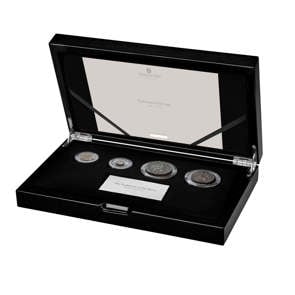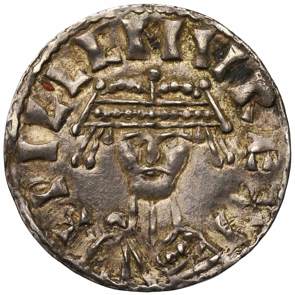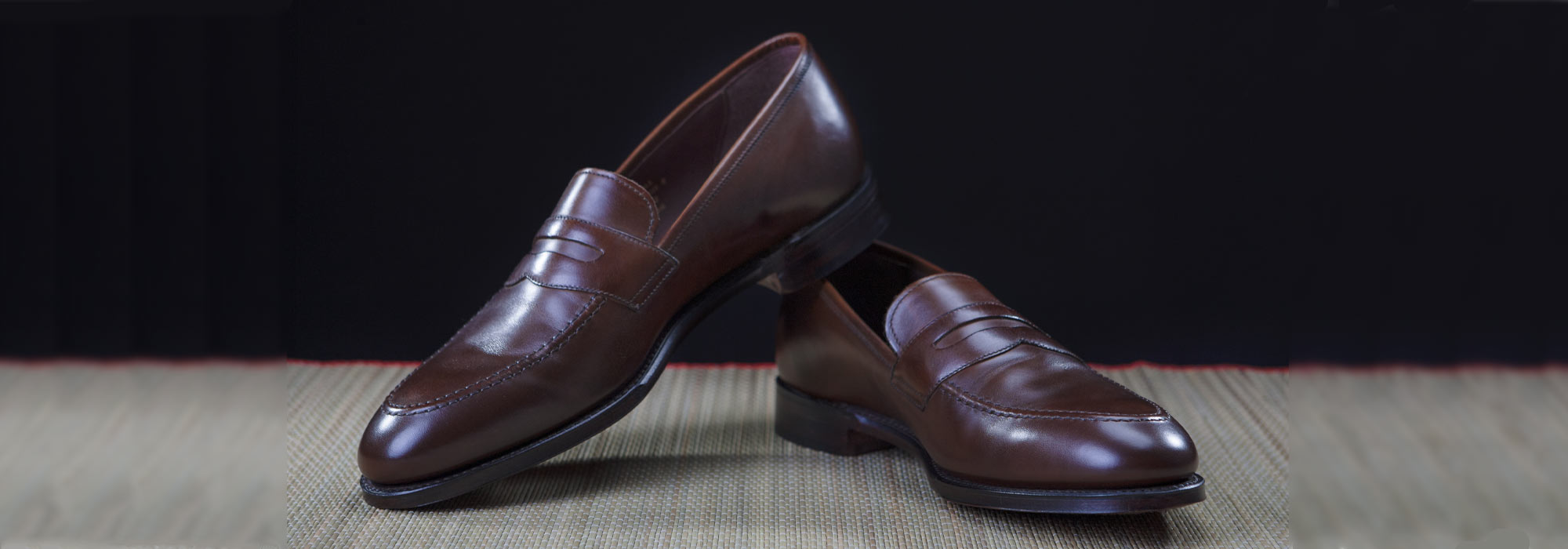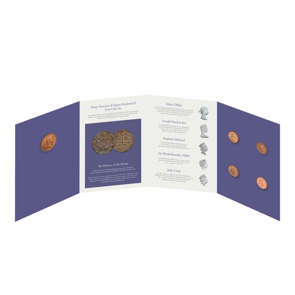In the spirit of all things coins, we have explored the history of the Penny Loafer, why they were so fashionable and how they became associated with coinage.
Very few products can carry the true distinction of an icon. These timeless items have to hold an elusive blend of heritage, premium quality, cultural relevance and a story that dates back hundreds of years.
The Penny Loafer
Created in the 1930’s, one of the first loafers, the Weejun loafer was made by American shoemaker G.H. Bass. The traditional slip-on leather shoes originated from Aurland – just west of Norway – where they became very popular amongst Norwegian farmers and fisherman. Not only were they a comfortable shoe, but had the ability to be dressed up or dressed down, with fisherman wearing the purpose-built footwear with their tailored three-piece suits. No doubt because of this flexibility the shoe has continued to remain relevant over the years in the fashion industry as well as a staple in business men and women’s wardrobes.
But how did the Weejun loafer, pick up its catchier, numismatic name? It all came down to design. The strap on the shoe had a small split which was the perfect size to hold a coin. Back in the 1930’s, the loafer design allowed just enough space for a penny in each shoe – the perfect hiding spot for a little pay phone change in the age before mobile phones. Later on, when payphones exceeded the amount you could hold in your shoe, silver coinage was still added to the shoe as a statement. Adding a penny to loafers was such a common practice that it eventually became the generic term for loafers.
Today, it can be seen that the love for Penny Loafers has continued to grow with the provincial slip on becoming a mainstay for everyone, from bankers to punk rockers. But, it’s not just the everyday person who loves a loafer, the iconic shoe has also been found to be a firm footwear favourite amongst celebrities including Audrey Hepburn and Grace Kelly.
Coin Fashion
This is not the only example of coins inspiring fashion. Back in September 2013, Dolce and Gabbana revealed their summer 2014 collection with designs heavily inspired by ancient coinage. The designs that graced the catwalk were inspired by antiquity, in particular ancient Sicily. One of the coins that Dolce and Gabbana used in the belts was a coin type of Syracuse which was one of the most powerful states in ancient Sicily. Using coinage as a fashion statement is part of a much older tradition, particularly gold coins which were incorporated into rings, bracelets and necklaces.
Coins and clothing have been a popular collaboration throughout the years, however, recently jewellery designers have started to jump on the trend of incorporating coinage into everyday items. The Royal Mint has followed this trend, diversifying key silversmith skills into the production of beautiful jewellery pieces and accessories inspired by coins. The range offers a number of styles including Sprig inspired by the 1936 sixpence, Molten emulating the fluidity of flowing metal and Queen’s Beasts, a very popular range of coins designed by The Royal Mint’s Jody Clark.
Bridal Traditions
Weddings in particular have a well-known tradition of a sixpence in the bride’s shoe. Traditionally, the father of the bride would gift his daughter a silver sixpence and then place it in her left shoe. Once in place, the bride would walk in a full circle whilst making a wish. The Royal Mint has a number of Silver Sixpences to gift, including the Sprig Wedding Silver Sixpence which is available to purchase here.
You may be interested

The Evolution of the Penny Set
Limited Edition 499
Price: £525.00

William I Silver Bonnet Type Penny London Mint, Moneyer Aegelric
Coin from the era of William the Conqueror, victor of the battle of Hastings in 1066
Price: £4,950.00


